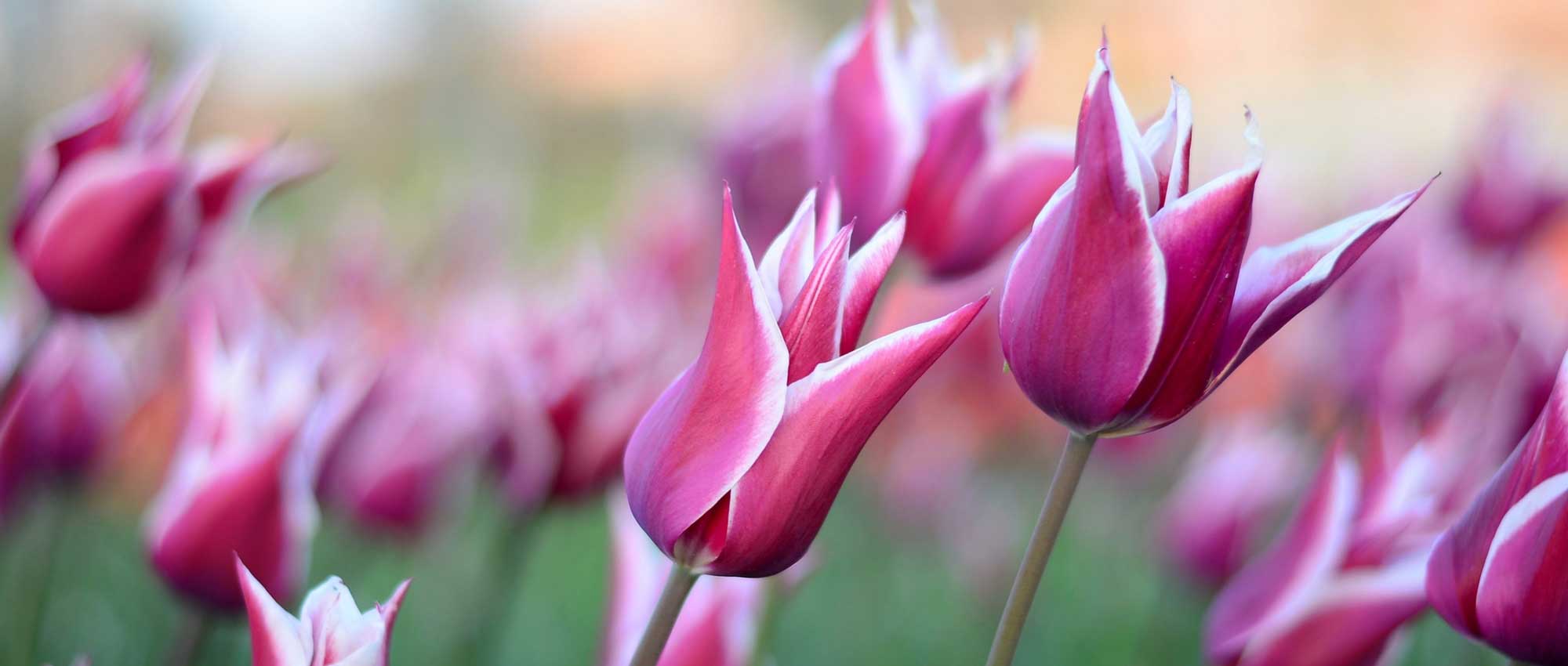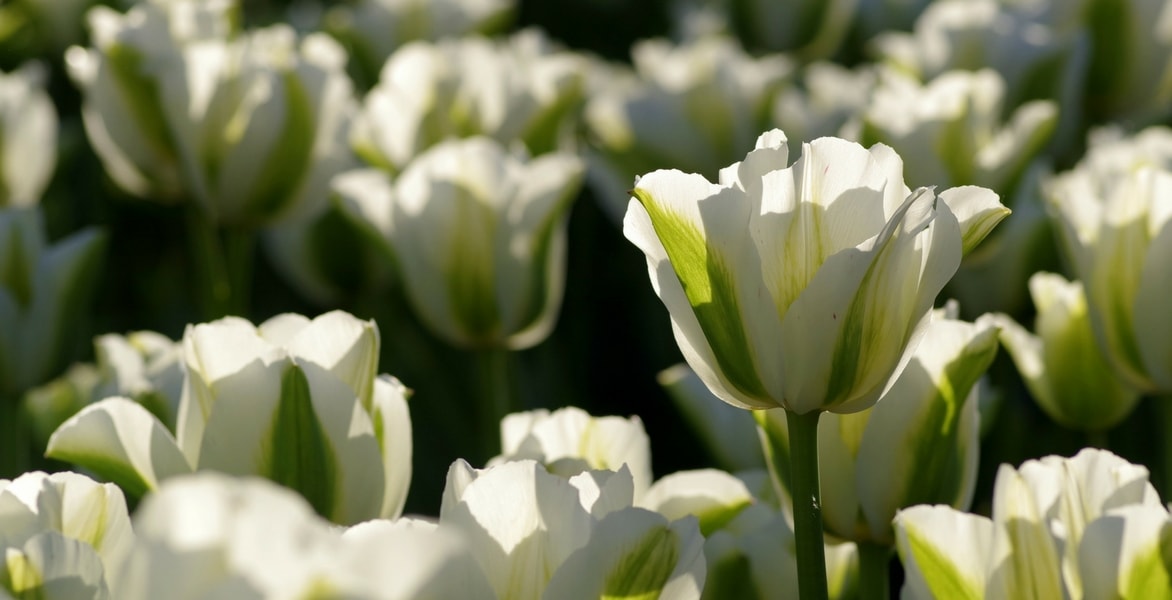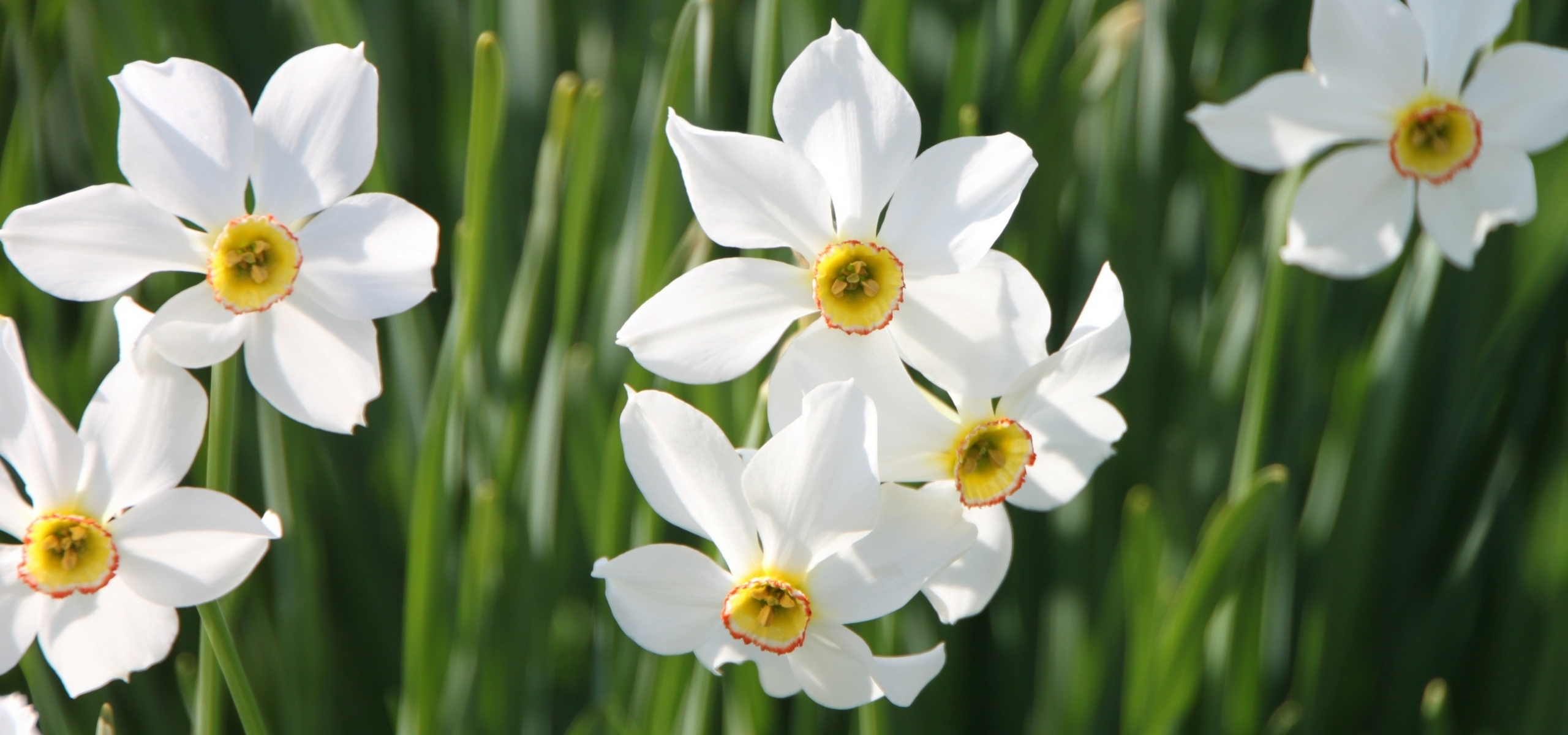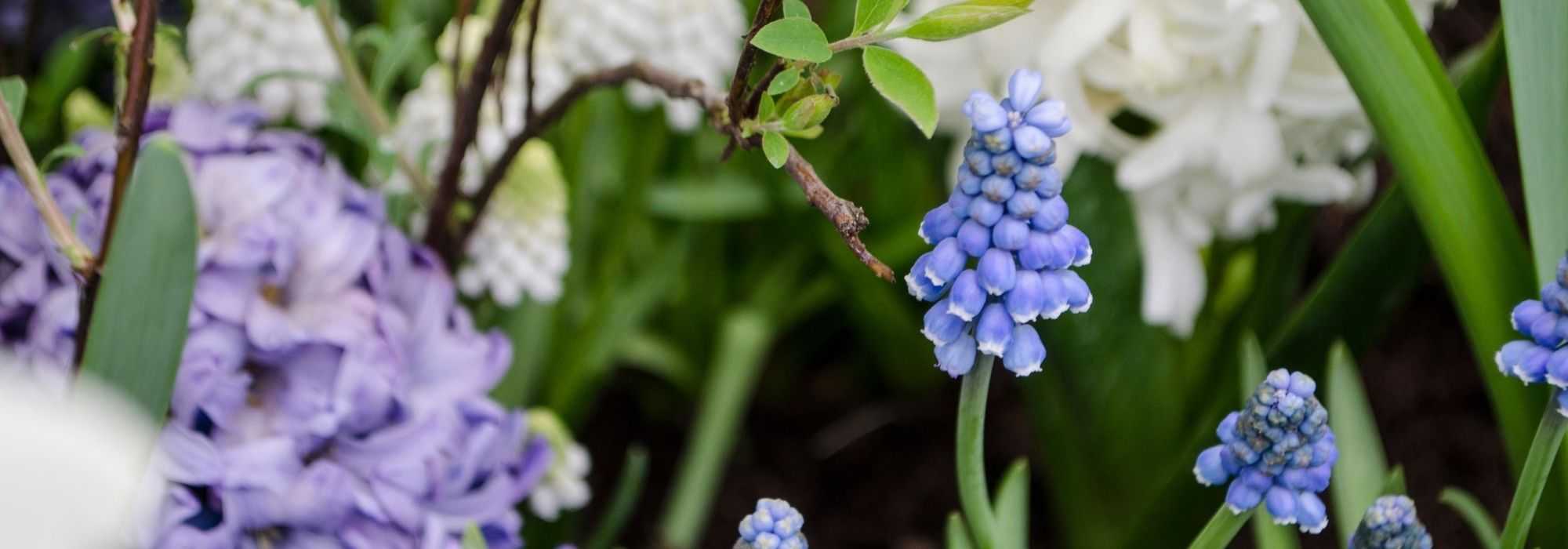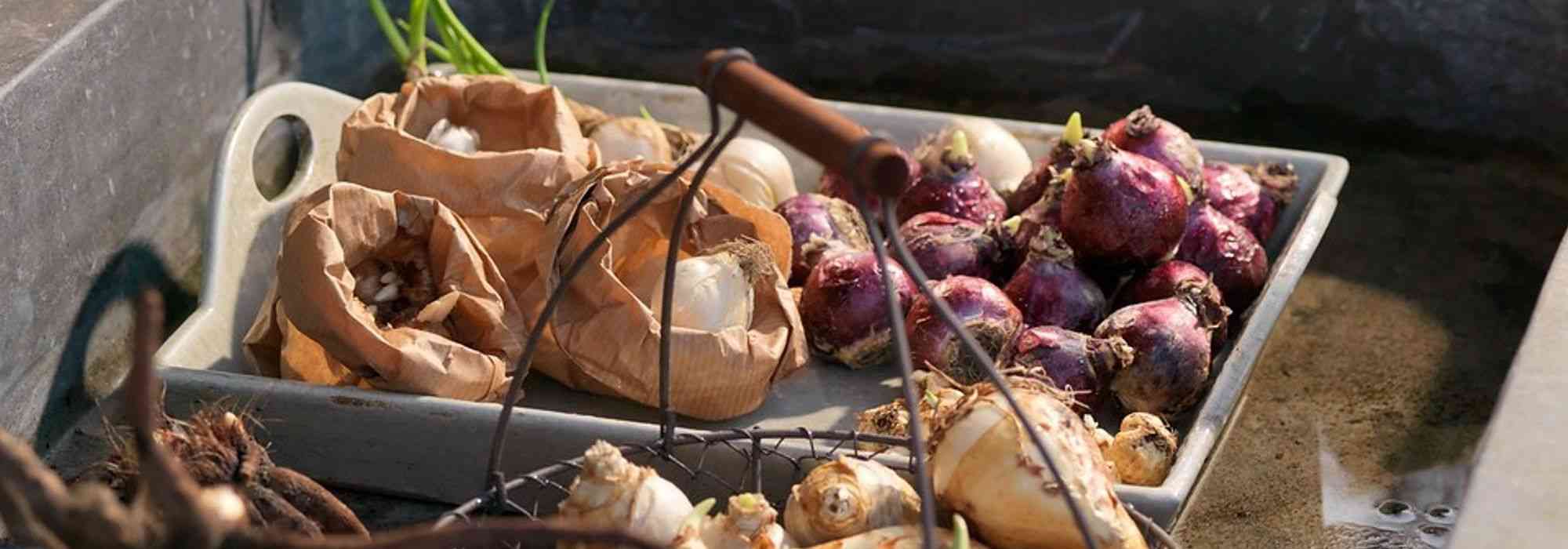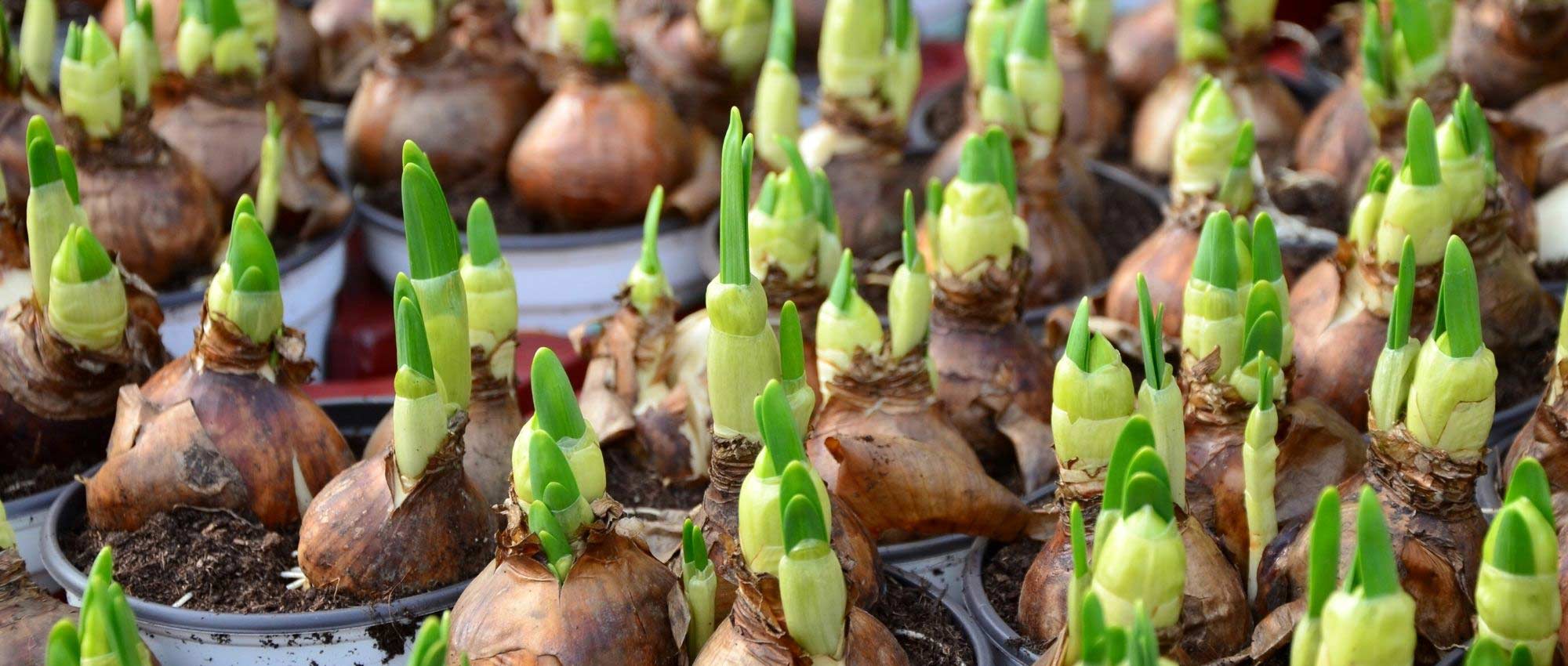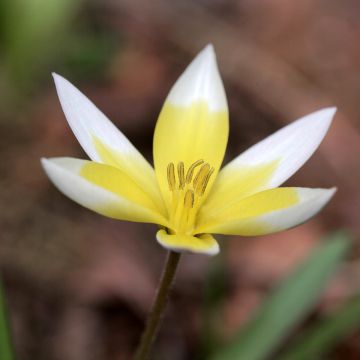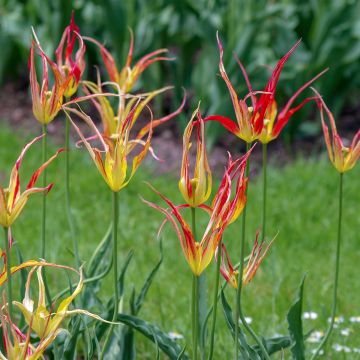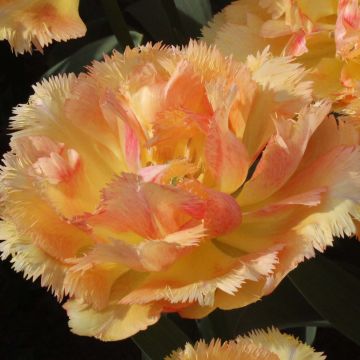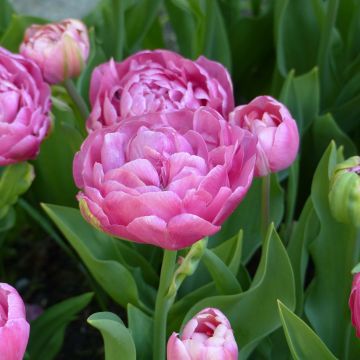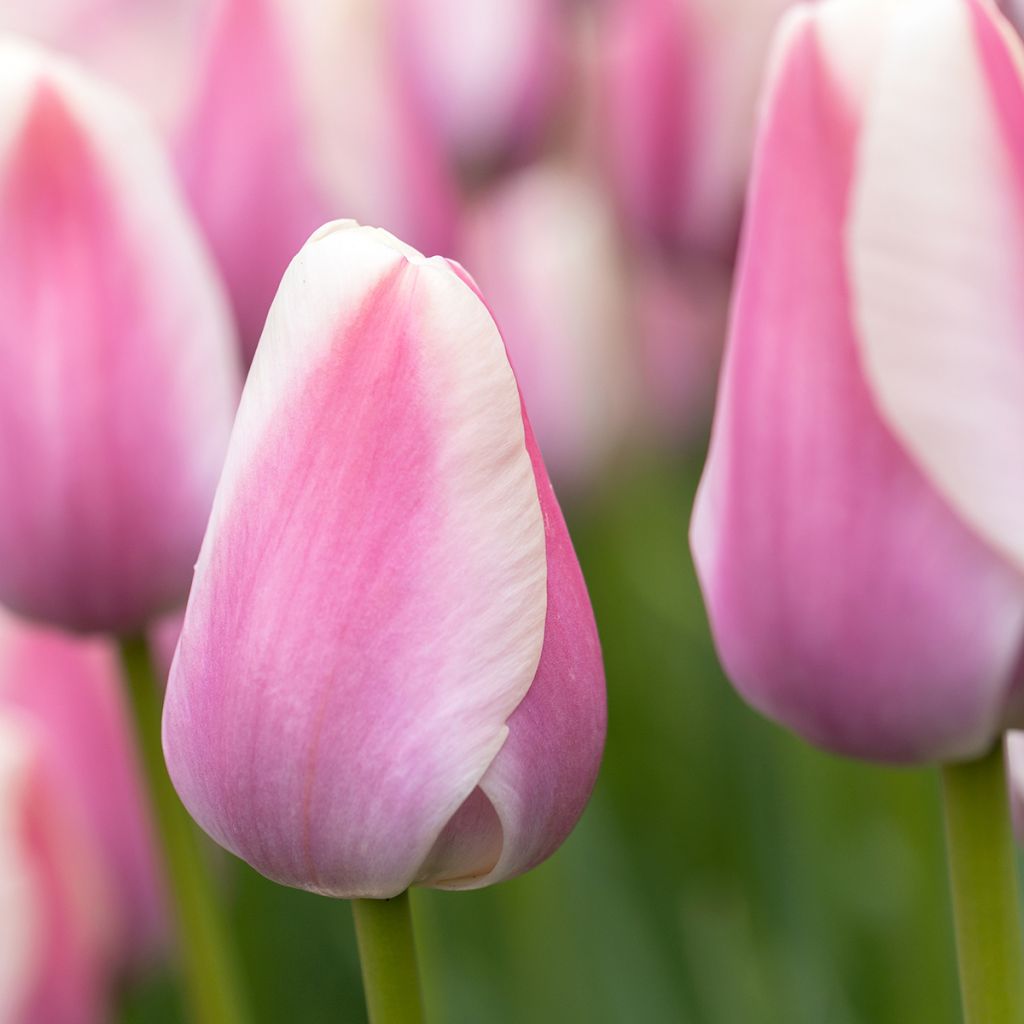

Tulipa Mandy's Choice - Tulipe simple hâtive
Tulipa Mandy's Choice - Single early tulip
Tulipa Mandy's Choice
Single early tulip
Special offer!
Receive a €20 voucher for any order over €90 (excluding delivery costs, credit notes, and plastic-free options)!
1- Add your favorite plants to your cart.
2- Once you have reached €90, confirm your order (you can even choose the delivery date!).
3- As soon as your order is shipped, you will receive an email containing your voucher code, valid for 3 months (90 days).
Your voucher is unique and can only be used once, for any order with a minimum value of €20, excluding delivery costs.
Can be combined with other current offers, non-divisible and non-refundable.
Home or relay delivery (depending on size and destination)
Schedule delivery date,
and select date in basket
This plant carries a 6 months recovery warranty
More information
We guarantee the quality of our plants for a full growing cycle, and will replace at our expense any plant that fails to recover under normal climatic and planting conditions.
Would this plant suit my garden?
Set up your Plantfit profile →
Description
The bright and early Single Early Tulip 'Mandy's Choice' gently heralds the first days of spring. Its flexible, regular habit bears charming cup-shaped flowers blending soft pink with ivory borders on sturdy stems. Hardy and reliable, it thrives in well-drained soil, in sunny or lightly shaded positions. Well-suited to borders, spring beds, or flowering pots, it adds an elegant and gentle touch to seasonal displays. Simply avoid heavy, waterlogged soil to preserve the bulbs' vitality from year to year.
The Tulip 'Mandy's Choice' belongs to the Liliaceae family and is part of Division 1, the Single Early group, which includes very early-flowering varieties characterised by single, well-structured flowers. Of horticultural origin, it reaches about 30 to 35 cm at full flowering. Its cup-shaped flowers of about 6 cm wide are borne on sturdy, noticeably taller stems than the lanceolate foliage. They feature six tepals of a soft pink delicately edged with ivory which open as early as March or at the latest in April, marking the start of the tulip season. Single Early tulips are renowned for their wide colour range and sturdy flowers, ideal for beds as well as cut flower arrangements. In pots, they retain their freshness longer than other groups, bringing spring brilliance from the first weeks of spring. To fully enjoy their decorative and floral potential, it is advisable to consider the height and flowering timing according to cultivars, and to plan a few extra bulbs for cutting, as their flowers hold so well in a vase.
As the garden awakens, when the still cool air invites contemplation of the first foliage, the Mandy's Choice tulip will find its place in sunny borders and sheltered pots where its pink hue edged with ivory will soften the still bare outlines of winter. It will pair perfectly with late snowdrops or dwarf daffodils, and form delicate pastel harmonies with 'Apricot Beauty' tulips, 'Rosy Delight' or 'Flaming Purissima', whose tones will resonate in a floral whisper. In a pot placed on a step or at the edge of a terrace, it will become the first colourful sign of spring, subtle and poised, like a touch of light in a rediscovered garden.
Plant habit
Flowering
Foliage
Botanical data
Tulipa
Mandy's Choice
Liliaceae
Single early tulip
Tulipa Mandy's Choice
Cultivar or hybrid
Planting and care
Plant the bulbs of the single early Tulip 'Mandy's Choice' in autumn, from September to December, at a depth of 15 cm, spacing them 10 cm apart. Planting should be done in ordinary, slightly acidic, neutral, or slightly calcareous, loose, well-worked, and well-drained soil. Never add poorly decomposed manure or compost to the planting soil, as this could cause the bulbs to rot. The tulip will grow well in soil that is dry in summer. Place it in a good, sunny position or in partial shade. Once flowering is over, it is best to remove the fruits to avoid exhausting the plant.
Planting period
Intended location
Care
Planting & care advice
This item has not been reviewed yet - be the first to leave a review about it.
Similar products
Haven't found what you were looking for?
Hardiness is the lowest winter temperature a plant can endure without suffering serious damage or even dying. However, hardiness is affected by location (a sheltered area, such as a patio), protection (winter cover) and soil type (hardiness is improved by well-drained soil).

Photo Sharing Terms & Conditions
In order to encourage gardeners to interact and share their experiences, Promesse de fleurs offers various media enabling content to be uploaded onto its Site - in particular via the ‘Photo sharing’ module.
The User agrees to refrain from:
- Posting any content that is illegal, prejudicial, insulting, racist, inciteful to hatred, revisionist, contrary to public decency, that infringes on privacy or on the privacy rights of third parties, in particular the publicity rights of persons and goods, intellectual property rights, or the right to privacy.
- Submitting content on behalf of a third party;
- Impersonate the identity of a third party and/or publish any personal information about a third party;
In general, the User undertakes to refrain from any unethical behaviour.
All Content (in particular text, comments, files, images, photos, videos, creative works, etc.), which may be subject to property or intellectual property rights, image or other private rights, shall remain the property of the User, subject to the limited rights granted by the terms of the licence granted by Promesse de fleurs as stated below. Users are at liberty to publish or not to publish such Content on the Site, notably via the ‘Photo Sharing’ facility, and accept that this Content shall be made public and freely accessible, notably on the Internet.
Users further acknowledge, undertake to have ,and guarantee that they hold all necessary rights and permissions to publish such material on the Site, in particular with regard to the legislation in force pertaining to any privacy, property, intellectual property, image, or contractual rights, or rights of any other nature. By publishing such Content on the Site, Users acknowledge accepting full liability as publishers of the Content within the meaning of the law, and grant Promesse de fleurs, free of charge, an inclusive, worldwide licence for the said Content for the entire duration of its publication, including all reproduction, representation, up/downloading, displaying, performing, transmission, and storage rights.
Users also grant permission for their name to be linked to the Content and accept that this link may not always be made available.
By engaging in posting material, Users consent to their Content becoming automatically accessible on the Internet, in particular on other sites and/or blogs and/or web pages of the Promesse de fleurs site, including in particular social pages and the Promesse de fleurs catalogue.
Users may secure the removal of entrusted content free of charge by issuing a simple request via our contact form.
The flowering period indicated on our website applies to countries and regions located in USDA zone 8 (France, the United Kingdom, Ireland, the Netherlands, etc.)
It will vary according to where you live:
- In zones 9 to 10 (Italy, Spain, Greece, etc.), flowering will occur about 2 to 4 weeks earlier.
- In zones 6 to 7 (Germany, Poland, Slovenia, and lower mountainous regions), flowering will be delayed by 2 to 3 weeks.
- In zone 5 (Central Europe, Scandinavia), blooming will be delayed by 3 to 5 weeks.
In temperate climates, pruning of spring-flowering shrubs (forsythia, spireas, etc.) should be done just after flowering.
Pruning of summer-flowering shrubs (Indian Lilac, Perovskia, etc.) can be done in winter or spring.
In cold regions as well as with frost-sensitive plants, avoid pruning too early when severe frosts may still occur.
The planting period indicated on our website applies to countries and regions located in USDA zone 8 (France, United Kingdom, Ireland, Netherlands).
It will vary according to where you live:
- In Mediterranean zones (Marseille, Madrid, Milan, etc.), autumn and winter are the best planting periods.
- In continental zones (Strasbourg, Munich, Vienna, etc.), delay planting by 2 to 3 weeks in spring and bring it forward by 2 to 4 weeks in autumn.
- In mountainous regions (the Alps, Pyrenees, Carpathians, etc.), it is best to plant in late spring (May-June) or late summer (August-September).
The harvesting period indicated on our website applies to countries and regions in USDA zone 8 (France, England, Ireland, the Netherlands).
In colder areas (Scandinavia, Poland, Austria...) fruit and vegetable harvests are likely to be delayed by 3-4 weeks.
In warmer areas (Italy, Spain, Greece, etc.), harvesting will probably take place earlier, depending on weather conditions.
The sowing periods indicated on our website apply to countries and regions within USDA Zone 8 (France, UK, Ireland, Netherlands).
In colder areas (Scandinavia, Poland, Austria...), delay any outdoor sowing by 3-4 weeks, or sow under glass.
In warmer climes (Italy, Spain, Greece, etc.), bring outdoor sowing forward by a few weeks.


































